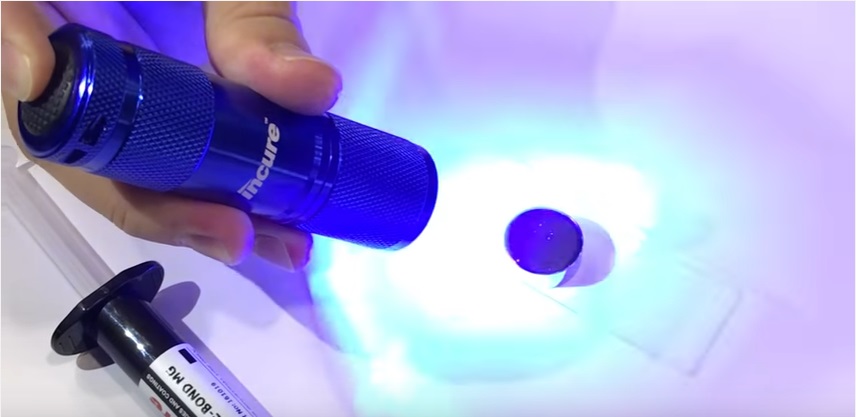UV Glue vs. Epoxy: Clash of the Titans – Unveiling the Bonding Champion
In the realm of adhesives, two titans reign supreme: UV glue and epoxy. Both boast impressive strength and versatility, but which one truly deserves the crown as the strongest bonding champion? Let’s delve into the properties of each contender to determine the victor, considering factors beyond just sheer strength.
UV Glue: The Speedy Specialist
UV glue, known for its light-activated curing, shines in specific areas:
- Lightning-Fast Curing: Exposure to UV light triggers instant curing, offering unparalleled speed for projects requiring immediate bonding.
- Precise Application: Light-controlled curing allows for pinpoint application and minimal adhesive seepage, ideal for delicate repairs and intricate projects.
- Strong Bonds: Don’t underestimate its strength! UV glue forms durable bonds that can withstand significant stress in many applications.
- Minimal Heat Impact: Cures at room temperature, making it safe for heat-sensitive materials commonly used in electronics and delicate crafts.
However, UV glue has limitations:
- Light Source Needed: Requires a separate UV lamp to cure the adhesive, adding an extra step to the process.
- Limited Working Time: Once dispensed, UV glue has a short window before light exposure becomes necessary for curing.
- Material Compatibility: While versatile, UV glue may not be suitable for all materials. Always check compatibility beforehand.
Epoxy: The All-Around Powerhouse
Epoxy, a two-part adhesive known for its chemical reaction cure, offers distinct advantages:
- Exceptional Strength: Epoxy generally boasts higher bond strength compared to UV glue, making it ideal for high-stress applications.
- Versatility: Bonds a wide range of materials, including metals, wood, plastics, and even some fabrics.
- Gap Filling Capabilities: Certain epoxies can fill gaps and uneven surfaces, useful for repairs and creating strong bonds between dissimilar materials.
- Longer Working Time: Provides more time for positioning and adjustments before the adhesive sets.
But epoxy also has drawbacks:
- Slower Curing: Curing times can range from minutes to hours, depending on the epoxy type, which can be inconvenient for projects requiring immediate results.
- Mixing Required: Requires precise mixing of two components, which can be messy and introduce errors if not done correctly.
- Heat Generation: Some epoxies generate heat during the curing process, which may not be ideal for heat-sensitive materials.
So, Which Glue Reigns Supreme?
There’s no single victor! The “strongest” choice depends on your project’s specific needs:
- Choose UV Glue for:
- Fast repairs requiring immediate bonding.
- Precise application on delicate projects.
- Bonding heat-sensitive materials (electronics, miniatures).
- Choose Epoxy for:
- Bonding applications requiring maximum strength.
- Filling gaps and uneven surfaces.
- Bonding a wider variety of materials.
Beyond Strength: Additional Considerations
Remember, strength isn’t the only factor to consider. Project requirements like curing speed, ease of use, and material compatibility play a crucial role.
The Future of Bonding Technology
Both UV glue and epoxy are constantly evolving. We may see advancements in UV glue offering faster curing times and wider material compatibility. Epoxy technology might lead to formulations with reduced heat generation and easier mixing processes.
The Final Verdict
UV glue and epoxy are not rivals, but rather powerful tools in your adhesive arsenal. Understanding their strengths, weaknesses, and ideal applications empowers you to choose the champion for your project, ensuring a successful and secure outcome.
